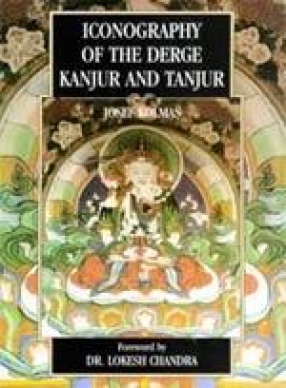
Vedams Books

Showing all 15 books
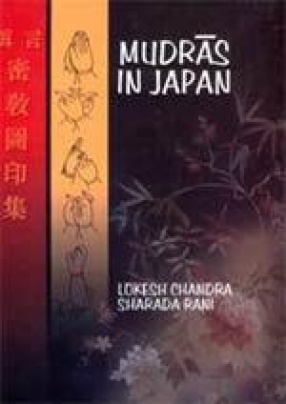
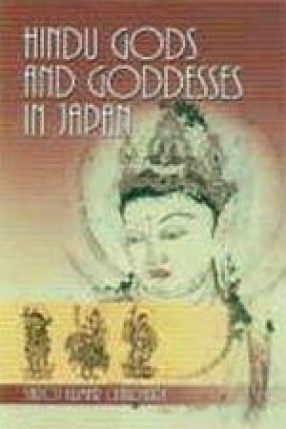

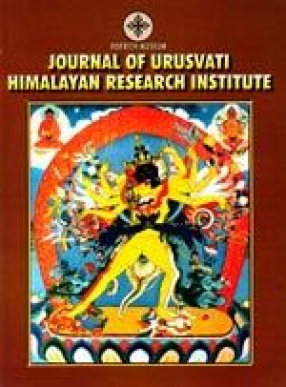

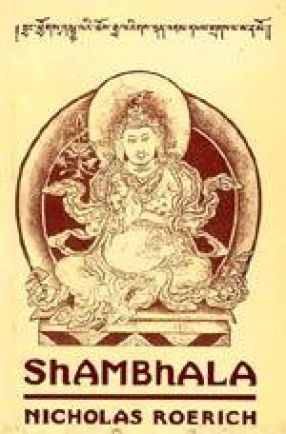
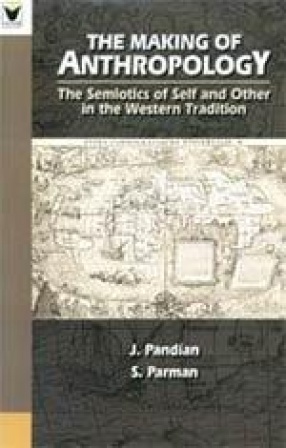
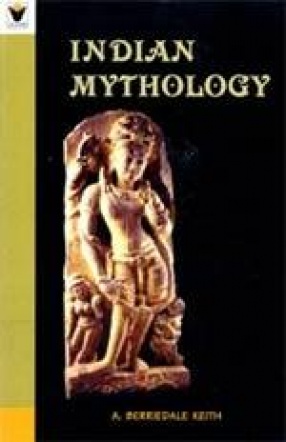
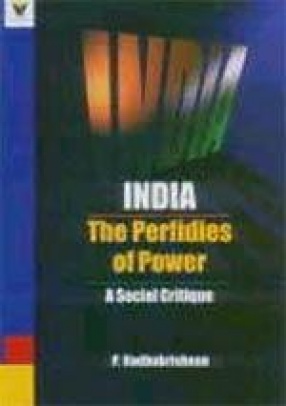

The Iconography of the Derge Kanjur and Tanjur reproduces 648 illustrations from the Derge edition of the Tibetan Canon, and carries an introduction by Prof. Josef Kolmas of the Oriental Institute of Prague (Czech Republic). The illustrations are of the same size as the originals and have been photographed by a specialist Mr. Frantisek Petivoky. Derge was a first rate center of spiritual life and learning from the 18 century. It was renowned for the skill of its ...

India’s problems of governance may be located in the disjunction between the Indian crowds, mobilized during the national liberation movement, and their post-independence political institutions. Reconstruction of the polity by India’s elites after independence was, arguably, an extension of colonial arrangements of power and authority. Governing strategies that had emerged during India’s national liberation movement, however, were more often than not ...
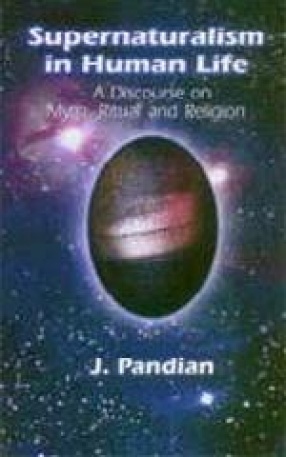
This provocative book will be of interest to scholars, students and the lay public. Drawing upon a lifetime of research into the human foundations of supernatural beliefs in India, the United States and other parts of the world, Dr. Pandian examines a range of important psychological, sociological, ecological and symbological theories of supernaturalism, exploring the origin, function and relevance of supernaturalism in human life. He locates the foundation of ...
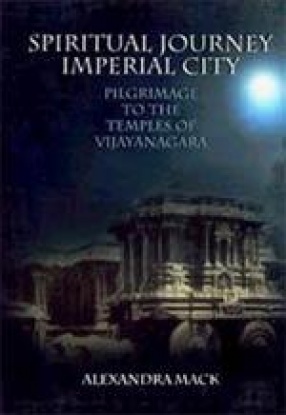
Pilgrimage is deeply rooted in human spirituality and charged with emotional and symbolic meanings, yet its economic, social, and political consequences have been little studied. In this book Alexandra Mack explores these themes with an archaeological perspective focused on Vijayanagara. The city, which served as the capital of an empire that dominated South India from the fourteenth to the sixteenth centuries, had ritual connections for centuries before the city ...

Mudras in Japan by Lokesh Chandra and his late wife Sharada Rani is a collection of symbolic hand postures used in the rituals of Japanese Esoteric Buddhism of the Shingon denomination. The mudras have been an integral part of Buddhist iconography as well as of ritual. In Tantric rituals, the recitation of a mantra was accompanied by a mudra, and a ritual action. In the Mahavairocana-sutra, mudras are vital constituents of worship and meditation. Japan has the ...

This work seeks to explore the development of East Asian architecture based upon its borrowings from the Indian stupa. While most scholars agree that some features of East Asian religious architecture have been strongly influenced by the symbolic architecture of the stupa, this study specifically seeks to identify three distinct architectural "lineages" originating from India to East Asia. These lineages were inspired by the work of Liang Ssu-Ch’eng ...

Buddhism introduced many Hindu Gods and Goddesses to the Japanese. The rulers were the first to be attracted to them. Historical records show that they earnestly believed in the miracles of these divinities promised in the sutras. Many miracle stories started appearing in popular literature as the divinities percolated down to the masses. The resulting naturalisation process in the case of some divinities went to the extent that they became an integral part of ...

The mythology of India claims unique interest by virtue of its unparalleled length of life. It is true that not even the discoveries at Boghaz Kyoi render it prudent for us to place the Rgveda at an earlier period than 1500 B.C., and in part at least that collection may come from three centuries later, so that as contrasted with the dates of Egyptian and Babylonian records the earliest monument of Aryan mythology is comparatively recent. In mass of content and in ...

The Journal of the Urusvati Himalayan Research Institute (U.J.) represents the multi-layered perceptions of the Roerichs, who sought new integration of cultural patterns and scientific frontiers in every-expanding horizons. Every volume contains a contribution on archaeology as a science to reveal how nations became powerful and why they fell. They are a lesson for the governments of today who "must act upon them" (Sir Flinders Petrie, ...

Ginger, valued as a spice since antiquity has been used through ages in almost all systems of medicine against many a maladies. It is now accepted as a drug of choice for nausea and vomiting even in severe pregnancy related morning sickness. A natural pain reliever and an anti-inflammatory agent, ginger has been clinically established as a drug for rheumatoid arthritis and osteoarthritis. It is also useful in curing ulcer and preventing heart attack and stroke. A ...

“For some, Shambhala is the truth; for others Shambhala is an Utopia. For some, the Lord of Shambhala is a Sage; for others the Lord of Shambhala is the manifestation of abundance. For some, the Lord of Shambhala is an adorned idol; for others the Lord of Shambhala is the guide of all planetary spirits. But We shall say – the Lord of Shambhala is a Fiery Mover of Life and of the Fire of the Mother of the World. His Breath glows with flame and His Heart burns ...

This book offers an interpretation of anthropology as a discourse that contrasts the western self and the non-western other and shows that the organizing principle of this discourse was the Judeo-Christian episteme of the "Other in Us" that the Christian Church Fathers developed to define why the pagan others were endowed with negative, ungodly attributes of humanity. It is pointed out that the anthropological application of this episteme to represent ...

This book is an authoritative work written by a celebrated Indologist. Indian Mythology has been used as a classic text and is an invaluable work of reference. The mythology of India claims unique interest by virtue of its unparalleled length of life. It is true that not even the discoveries at Boghaz Kyoi render it prudent for us to place the Rgveda at an earlier period than 1500 B.C., and in part at least that collection may come from three centuries later, so ...
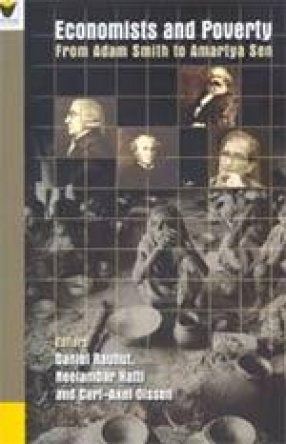
Throughout history the poor have been considered to be some sort of groups on the fringes of the society and for which the society has had to care for. Poverty, and the poor, has been often sometimes by structural factors. Regardless of whether one relates poverty to individual or structural factors, it remains related to the fundamental problems of allocation and distribution that economic theory deals with. Many path-breaking works by economists since Adam ...

